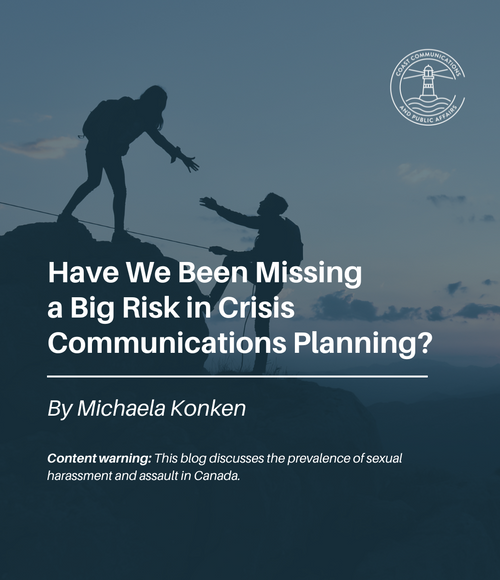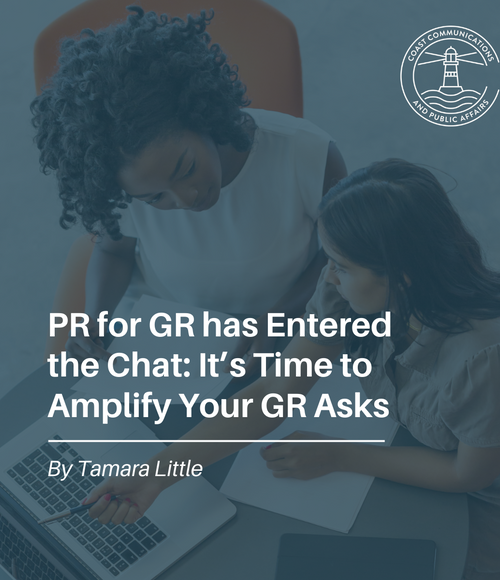An insightful anecdote came out of the short-lived leadership of former UK Prime Minister Liz Truss. She had went on a short regional media tour, doing interviews to share her economic plan with regional outlets of the BBC and others. It was a dismal failure, perhaps foreshadowing her tenure as the shortest-serving PM in the history of the UK.
Why?
Because she did not know her audience.
She wanted to talk macroeconomics when local reporters wanted her to speak to local issues – why was the local bridge not getting funded? When and how would government support local economic development goals? She didn’t have the answers and it was a flop.
As the PR and Public Affairs industries have increasingly professionalized over the last 40 years, one of the key areas we have taken ownership of is knowing the audience. Our colleagues in marketing also know their “market,” but they look at it through the lens of market segmentation based on demographics and behaviour. We are in the business of telling the right story at the right time to the right people in the right way to raise profile and enhance reputation, so we want to know how to connect in a meaningful way and often long term, not in order to facilitate a sales transaction. As a result, we are experts in audience.
At a high level we often consider audience categories like media, the public, employees, First Nations and more. At a more detailed level, this means understanding stakeholders and First Nations governments (First Nations are rights holders and not stakeholders) and groups such as business organizations, municipal and regional governments, industry associations, advocacy organizations, student groups, unions, citizen groups and many, many others.
Comms professionals are experts in understanding who these groups are, how they think, what their concerns, hopes and dreams are, what their history has been, what they have been talking about and who their leadership is. This is a remarkable asset to an organization because it helps predict how policies, services, projects ideas and even issues and mistakes will be received and provides insights into how to meet their needs.
But communicating to our audiences is not helpful if we don’t know where they are most likely to receive messages. Knowing the audience isn’t enough. We need to understand what channels are most effective in reaching them.
If you want to ensure citizens in a specific community see your messages, ensuring local media have content (op-eds, media stories, even event ads) and leveraging word of mouth by getting in front of key decision makers in the community via business and other associations may be best.
Data and analytics are increasingly used by teams like ours at Coast Comms to learn about audiences and what is happening with them. Data from social listening, Google Analytics and tools like Meltwater and Tableau can move us from analysis to insights quicker. But ideally, especially for senior practitioners, it means developing relationships with various groups and stakeholders so we have deeper, more direct insight into what they need.
Going beyond simply listing 5-6 audience groups to really understanding those audiences, including the key stakeholders, is one of the crucial aspects that makes corporate comms a strategic function of any organization and what will help make us all successful members of our profession.



